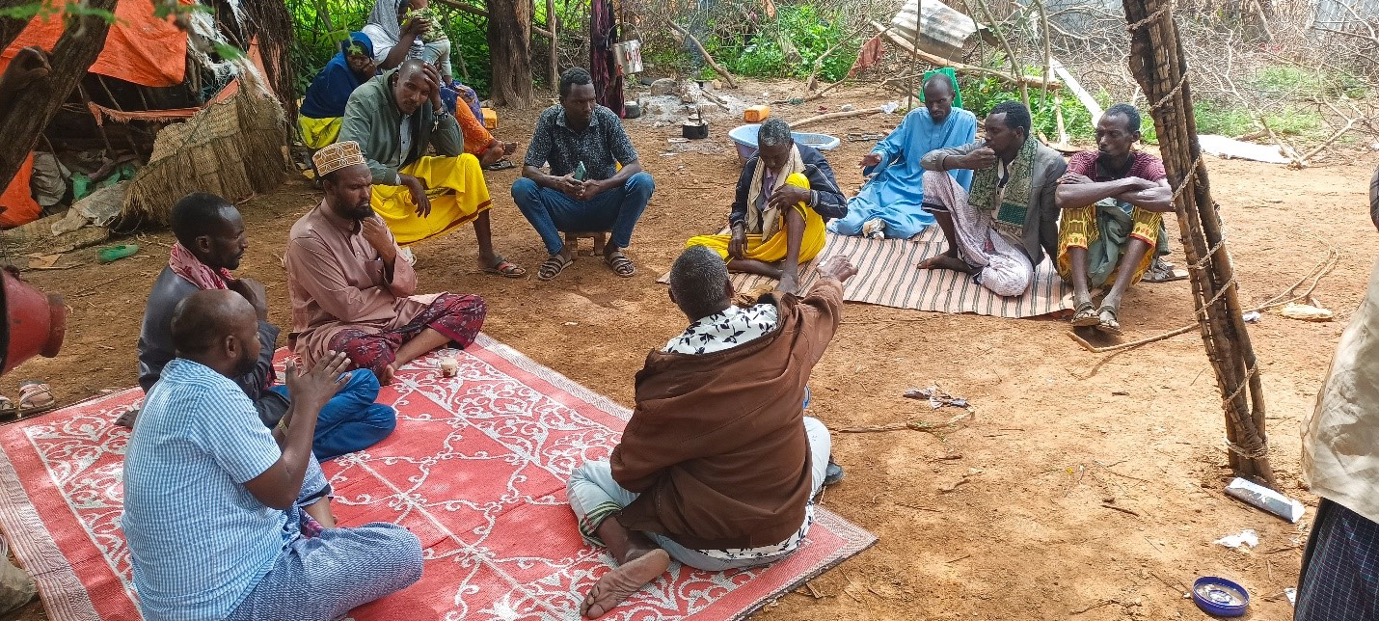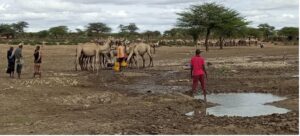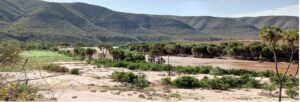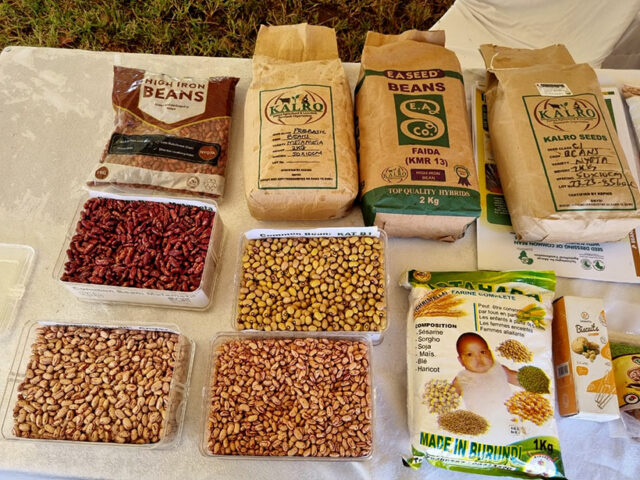
Competition for rangeland resources has intensified due to growing human and livestock populations, resulting in land degradation and conflict. In the Osobey-Golbo rangeland unit in the Filtu woreda of Ethiopia’s Somali region, conflict has come in the form of land grabbing among residents and from neighboring kebeles, also known as municipalities. With the advance of infrastructure development in the woreda, those whose land has been encroached on by road construction get compensation, providing strong incentive to steal land. Additionally, rangelands are being grabbed for private use or sale, especially to livestock traders who have migrated to the region and are unaware of the local laws and customs. Although these issues have been going on for years, conflict reached a fever pitch in September 2022, resulting in the deaths of two people, the wounding of four, restricted movement in woreda and the displacement of many.
Despite the tension that arises when land resources become contentious, the Osobey-Golbo rangeland unit is actively working towards solutions that are participatory, context-specific and integrated. The unit is supported by the One Health for Humans, Environment, Animals and Livelihood (HEAL) project, funded by SDC, and additional support from the CGIAR Research Initiative on Livestock and Climate. The project is supporting the application of a One Health approach to support the close interlinkages between rangeland, livestock and human health and create sustainable strategies to cope with changing environments and threats related to climate change. One component in this approach is supporting ecosystem health through the implementation of Participatory Rangeland Management (PRM), a community-led process that strengthens local management institutions’ ability to regulate grazing patterns, facilitates community management of communal rangelands and targets restoration efforts to improve rangeland health.

In Osobey-Golbo, PRM has supported the creation of a rangeland management institute, a rangeland council for the entire unit and smaller rangeland committees at the sub-unit level.
Soon after the establishment of the institute, the community came together to discuss a grazing system and land-use planning for the entire unit. The grazing system follows a schedule depending on the season. The rangeland unit is divided into three grazing zones, one for the wet season, another for the short dry season, and a final one for the long dry season. The hilly rocky areas of the rangeland are grazed during the rainy season, while the potential range area, which is typically farmed, is grazed in a brief window of time following crop harvest. During the lengthy dry season, grazing is shifted to the banks of the Dawa River.

The Rangeland Council and Committees’ roles are to facilitate the transitional movement of livestock and mobilize the community to relocate to the designated grazing area at the appropriate time. Those who fail to follow the movement or cause delays in moving face consequences. As a result, the overload on the rangeland is solved and its governance becomes normal. Mr. Ahmed Abdi Aden, member of Golbo sub-rangeland unit said, ‘initially, saving a resource was seen solely in terms of money. However, with PRM, we’ve come to understand that implementing grazing techniques can also preserve our rangelands.’
The impact observed in the Osobey-Golbo rangeland unit has been significant, leading to a notable decrease in conflicts stemming from land grabbing. Community members have recognized that private grazing land is a major cause of contention. As part of the new plans, it was agreed to remove barriers dividing private land and introduce a bylaw imposing fines or potential imprisonment for those who erect such barriers.
Mr. Mohammed Omar, chairperson of the rangeland management institution council, said that ‘at first, we didn’t take the idea of the rangeland management institute seriously, but now it is a powerful force to dissolve conflicts.’
PRM was established as a tool for improving tenure security, good governance and management of resources, and has shown clear benefits in this regard. Its contribution to resolving conflicts and peacebuilding is a new impact that is surfacing and requires further exploration.
Story by Mohammed Said, ILRI field officer for the HEAL project in Filtu, Ethiopia.
Header image: Community of Harabali sub-rangeland unit discussing seasonal mobility plans. Photo by M.Said/ILRI.



